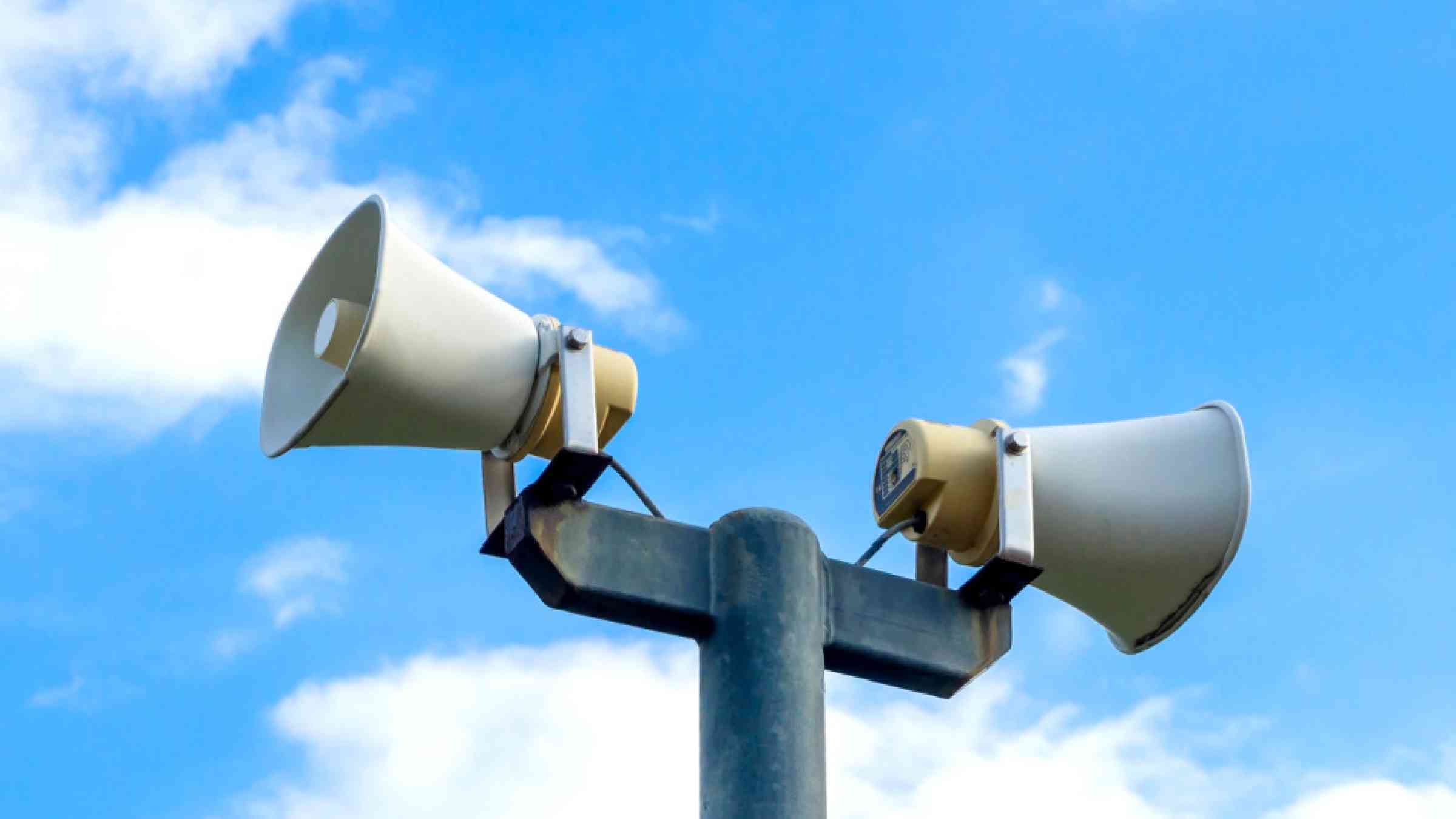How early warning systems are saving lives in Central Asia

Across the world, climate change fuels more frequent and more intense extreme weather events, leaving communities vulnerable and exposed. In Central Asia, heavy rains and melting glaciers cause landslides and mudflows, damaging infrastructure and roads, disrupting farming and agriculture, threatening clean water supplies and leading to tragic loss of life. Increased temperatures and prolonged droughts are also impacting food security and public health, making life harder and less stable for people in the region.
Early warning systems are vital tools designed to alert communities about impending natural hazards, providing crucial time to prepare and respond. Effective early warning systems save lives, protect livelihoods and reduce economic losses. As Central Asia grapples with the increasing frequency and severity of climate-induced hazards, the importance of robust early warning systems cannot be overstated.
However, countries need both technical knowledge and resources to implement early warning systems on a large scale. Fortunately, Japan has been a reliable ally for countries in Central Asia. Here are four ways in which UNDP and Japan joined forces to help advance early warning systems and increase resilience in the region:
- Modernizing meteorological infrastructure. In Uzbekistan's Fergana Valley, UNDP and Japan helped improve the agrometeorological observation network by adding 55 new weather stations, enhancing data processing and providing extensive training for local meteorologists. This support strengthened weather information services for vulnerable farming communities, enabling farmers and rural households to receive timely and accurate weather forecasts, helping them reduce the impacts of extreme weather events.
- Accessing finance. In Kazakhstan, UNDP and Japan developed five standardized solutions to help small-and medium-sized enterprises in the agriculture sector adopt low-carbon practices and increase resilience. These solutions include green technologies like solar power and efficient irrigation methods. They also provide guidance on accessing financing for renewable energy and water-saving equipment, supported by development agencies and financial institutions through subsidies, favourable loans and collateral guarantees.
- Strengthening policy and institutional frameworks. In the Kyrgyz Republic, UNDP and Japan helped fortify the institutional framework for emergency monitoring and forecasting by developing the National Concept for the Unified System of Comprehensive Monitoring and Forecasting of Emergency Situations of the Kyrgyz Republic. In addition, a new information system using machine learning was integrated into the existing setup, boosting institutional capabilities to monitor and predict emergencies.
- Investing in community education. In Tajikistan, UNDP and Japan worked to increase the resilience of communities living in the Tebalay River watershed, an area prone to erosion, mudflows and landslides. Through awareness-raising sessions, trainings and educational programmes, local communities are now equipped with significant knowledge on disaster risk reduction and resilience-building strategies.
Despite some of the successes in advancing early warning systems in Central Asia, there are persistent challenges that threaten their effectiveness in saving lives and livelihoods across the region. Here are four things that we need to do to ensure their viability:
- For early warning systems to be sustainable and effective, they need to be maintained and enhanced over time. It is essential that early warning systems remain adaptable and responsive, which means regularly updating and upgrading their technology and methodologies. Incorporating advanced technologies such as machine learning, data analytics and enhanced environmental monitoring plays a crucial role in improving the accuracy and timeliness of warnings. These ongoing efforts are vital for ensuring that early warning systems can effectively mitigate risks and protect communities from extreme weather events.
- The institutional frameworks supporting early warning systems need to evolve, addressing new challenges and leveraging new opportunities. Institutional challenges arise when there is a lack of coordination among different government agencies, non-governmental organizations and communities involved. This can lead to overlapping responsibilities, gaps in coverage and inefficiencies in response. Institutional frameworks that promote coordination between stakeholders and are responsive to needs on the ground are therefore crucial for effective interventions.
- Securing adequate financial resources for early warning systems needs to be a priority. Many institutions face budget constraints or competing priorities, making it difficult to allocate sufficient funds to preparedness, mitigation and response efforts. These financial limitations often hamper the implementation of comprehensive strategies and limit the scale of projects aimed at enhancing early warning systems. However, early warning systems are a smart investment as they can provide up to a tenfold return on investment by saving lives and livelihoods in the case of extreme weather events.
- Community engagement is vital for effective interventions. When local populations are actively involved in monitoring and response activities, they become more resilient and better prepared to handle emergencies. Providing communities with the necessary tools, technologies, training and protocols instils a sense of ownership and responsibility towards disaster risk reduction efforts. Without sustained efforts from communities, any progress on increased resilience can quickly diminish, rendering the interventions less effective over time.
Early warning systems are the most effective and dignified way to prevent extreme weather events from escalating into humanitarian crises, especially for vulnerable and remote communities. Even as countries in Central Asia are working to enhancing theirs, many developing countries still lack robust early warning systems. As we look to the future, sustained international cooperation and investment in developing and deploying these systems, especially in vulnerable regions, will be key to achieving the goal of protecting every person on Earth.
